In pharmaceutical marketing, the integration of behavioural science insights marks a pivotal shift in approach. Recognising the innate human inclination towards storytelling, brands are leveraging behavioural principles to create narratives that resonate with their audience on a deeper emotional level. Traditionally focused on technical information, pharma marketing now acknowledges the importance of appealing to the human receiving the message. Understanding human emotions, decision-making processes, and cognitive biases allows brands to create narratives that connect authentically with their audience.
Creating Compelling Narratives
Effective storytelling in pharma marketing entails highlighting the challenges, successes, and transformative outcomes experienced by individuals. By weaving together these elements into a cohesive narrative, brands can engage their audience and foster meaningful connections. While the subject matter may be complex, clarity is paramount in effective communication. By using clear and plain language, pharma brands can enhance accessibility and comprehension, building trust and credibility with their audience.
Grounding narratives in scientific evidence and research adds credibility and authenticity to pharma marketing efforts. By aligning their stories with the global scientific narrative, brands demonstrate their commitment to innovation, efficacy, and patient well-being. Bold and authentic storytelling allows pharma brands to differentiate themselves in a crowded marketplace. By sharing genuine experiences and insights, brands can position themselves as trusted partners in the journey towards better health outcomes.
Unifying Brand Portfolios through Storytelling
Storytelling has long been recognised as a powerful tool for building connections with consumers. However, where storytelling truly shines is in its application at the portfolio level, where multiple brands are seamlessly connected through overarching narratives. This approach, often referred to as transmedia storytelling, a method that seamlessly connects multiple brands through overarching narratives, enables immersive experiences across various platforms, deepening emotional connections and engaging audiences on multiple levels.
At the heart of storytelling, at the portfolio level lies the art of creating compelling narratives that resonate across multiple brands. These narratives are not only simple and memorable but also possess the ability to unify diverse product offerings under a common theme. By weaving together, the individual stories of each brand within the portfolio, marketers can create a cohesive and impactful narrative that resonates with consumers on a deeper level.
Deepening Brand Meaning
By connecting multiple brands under a unified theme, storytelling at the portfolio level has the power to deepen the meaning of each individual brand. Through shared values, themes, or experiences, consumers are able to perceive a greater sense of purpose and identity within the portfolio as a whole. This deeper understanding can lead to increased brand loyalty and advocacy among consumers.
One of the key strengths of storytelling at the portfolio level is its ability to foster strong emotional connections with consumers. By tapping into universal human experiences and emotions, overarching narratives can resonate with a wide audience, transcending individual brand identities. This emotional resonance not only enhances consumer engagement but also fosters long-term relationships with the brand portfolio.
Case Studies from the Consumer Brand World
In the consumer brand world, the power of storytelling at the portfolio level is readily evident. From multinational corporations to niche boutique brands, companies across industries have successfully implemented narrative ecosystems to strengthen their brand portfolios. By aligning diverse product offerings under a common narrative framework, these brands have been able to deepen consumer engagement, drive brand loyalty, and ultimately, achieve commercial success.
Implementation of Storytelling in Healthcare
Albeit at a slow and steady pace, the concept of storytelling has begun to emerge. While the industry has traditionally relied on clinical data, summary phrases, and product features to communicate with audiences, there is a growing recognition of the need for more transparent and meaningful connections with patients. As a result, pharmaceutical brands are increasingly turning to storytelling as a powerful tool to bridge the gap between products and patient experiences.
Moving Beyond Clinical Data
For years, healthcare marketing has centred around clinical data and technical information. While important, this approach often fails to resonate with patients on an emotional level. By incorporating storytelling into their communications, pharmaceutical brands can humanise their messaging, making it more relatable and engaging for patients. This shift allows brands to move beyond the confines of clinical data and connect with patients on a more personal level.
In present times, patients are seeking transparency and authenticity from the brands they engage with. Storytelling provides an opportunity for pharmaceutical companies to demonstrate their commitment to transparency by sharing real-life patient experiences and testimonials. By doing so, brands can establish meaningful connections with patients, fostering trust and loyalty over time.
Bridging the Gap Between Products and Patient Experiences
Pharmaceutical brands often face the challenge of bridging the gap between their products and the real-life experiences of patients. Storytelling offers a unique solution to this challenge by allowing brands to showcase the impact of their products on patients’ lives. Whether through patient testimonials, personal anecdotes, or case studies, storytelling enables brands to convey the value of their products in a way that resonates with patients on a human level.
While still in its early stages, storytelling in healthcare is beginning to gain traction. From patient-focused marketing campaigns to branded content that highlights the human side of medicine, pharmaceutical brands are finding innovative ways to incorporate storytelling into their communications. By sharing authentic stories that resonate with patients, these brands are able to create more meaningful connections and drive positive health outcomes.
The Power of Storytelling in Portfolio Management
By connecting multiple brands under a unified theme, storytelling in portfolio management has the power to deepen the meaning of each individual brand and enhance consumer engagement. Through shared values, themes, or experiences, consumers are able to perceive a greater sense of purpose and identity within the portfolio as a whole. Whether it’s a pharmaceutical company’s dedication to patient-centric care or its commitment to scientific excellence, these overarching narratives resonate with consumers on a fundamental level, driving brand loyalty and advocacy over time.
One of the key strengths of storytelling in portfolio management is its ability to foster strong emotional connections with consumers. By tapping into universal human experiences and emotions, overarching narratives can transcend individual brand identities, resonating with a wide audience and inspiring action. Whether it’s through narratives of hope, resilience, or triumph in the face of adversity, these stories create emotional resonance that not only enhances consumer engagement but also fosters long-term relationships with the brand portfolio.
The Future of Storytelling in Healthcare
Looking ahead, the future of storytelling in healthcare holds immense promise, poised to revolutionise the way pharmaceutical brands engage with patients and stakeholders alike. As technology advances and consumer expectations evolve, storytelling will emerge as a cornerstone of patient-centric communication strategies.
With the integration of immersive technologies such as virtual reality and augmented reality, healthcare narratives will transcend traditional mediums, offering patients personalised and interactive experiences that resonate on a profound emotional level. Imagine stepping into the shoes of a patient navigating their healthcare journey, experiencing their triumphs and challenges firsthand. By leveraging these innovative storytelling tools, pharmaceutical brands can foster empathy, understanding, and empowerment among patients, driving improved health outcomes and patient satisfaction.
Furthermore, the rise of personalised medicine and data-driven insights will enable brands to tailor narratives to the unique needs and preferences of individual patients. Through targeted storytelling, brands can deliver hyper-relevant content that speaks directly to the experiences and aspirations of each patient, strengthening the bond between brand and consumer.
As storytelling continues to evolve in the healthcare sector, brands must remain vigilant in upholding principles of authenticity, transparency, and ethical conduct. By prioritising the integrity of their narratives and respecting the privacy and dignity of patients, brands can build trust and credibility, laying the foundation for enduring relationships built on mutual respect and shared values.
Conclusion
The power of storytelling has emerged as a transformative force, revolutionising the way brands connect with patients, stakeholders, and internal teams. By integrating behavioural science insights, creating compelling narratives, and embracing authenticity, pharmaceutical brands are reshaping the industry’s approach to communication, driving deeper engagement, and fostering meaningful connections.
As brands navigate the complexities of portfolio management and seek to differentiate themselves in a crowded marketplace, storytelling offers a potent strategy for unifying diverse product offerings, deepening brand meaning, and fostering emotional connections with consumers. Through cohesive narratives that resonate across brand portfolios, marketers can inspire action, drive loyalty, and ultimately, achieve commercial success.
Looking to the future, the role of storytelling in healthcare will only continue to grow in importance, offering brands unprecedented opportunities to engage patients, inspire change, and drive positive health outcomes. By embracing innovation, empathy, and ethical responsibility, pharmaceutical brands can harness the transformative power of storytelling to create a brighter, healthier future for all. Just like the timeless tales of old, the art of storytelling holds the power to captivate, inspire, and transform, paving the way for a new chapter of success in the journey towards better health for all.






